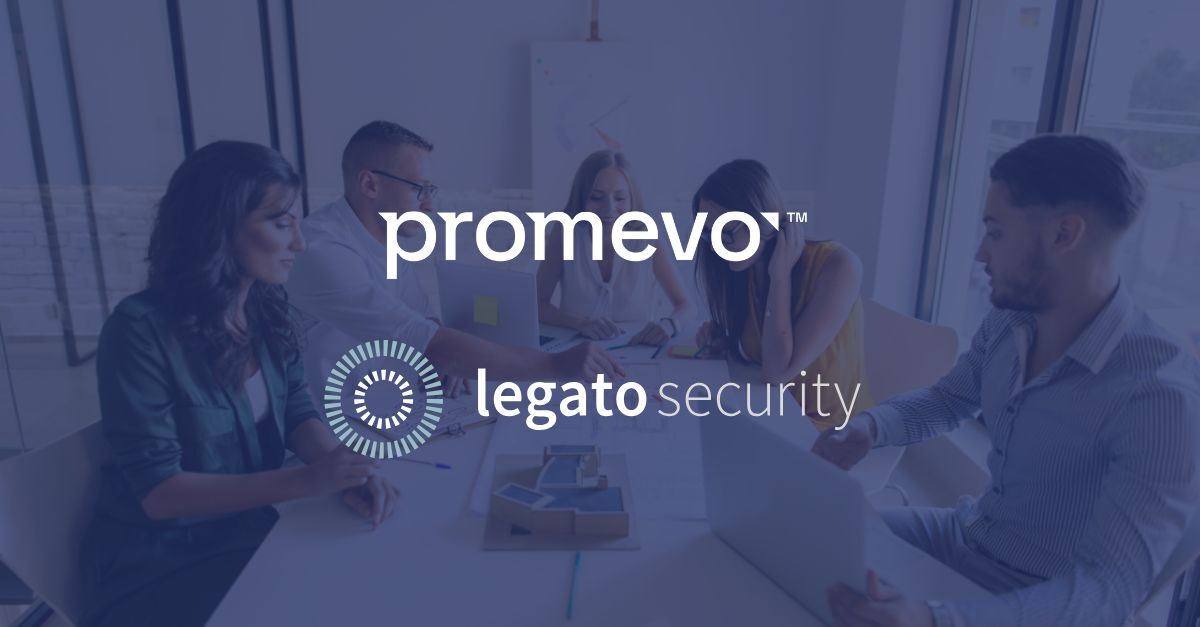2 min read
Introducing Legato Security: Our New Partner in Managed Google SecOps
At Promevo, our mission is to help organizations unlock the full potential of the Google ecosystem — and we know that strong security is essential to...
If you use Google Cloud to store and manage data, it’s important to adopt Google’s pioneering approaches to enterprise security through tools, insights, and partnerships. Google Cloud provides a secure-by-design foundation equipped with frameworks, best practices, controls, and capabilities to meet your digital sovereignty requirements.
To better understand Google Cloud security and its benefits, let’s explore some of Google’s tools and what teams can do to bolster security.
Google Cloud security is a set of tools and frameworks that ensure data is protected at every angle. Traditional security models are insufficient for protecting today’s cloud-based workforce, which is why Google Cloud enables teams to implement a zero-trust approach to protect their teams and data. With zero trust, users and resources must continuously establish credibility to ensure verification and safe practice.
The Google Cloud Platform also implements security controls like automated encryption, secure data disposal, and secure service deployment to protect its users.
Let’s explore how Google Cloud’s resources and infrastructure are secured:
To better understand how the Google Cloud Platform practices security, let’s take a look at some of the tools that are used:
Learn More About Cloud Management from the Experts at Promevo
To better understand how the Google Cloud Platform practices security, let’s take a look at some of the tools that are used:
In addition to following best security practices, companies should work alongside a Google partner to continuously improve infrastructure, identify security issues, and craft solutions.
Get the Most Out of Your Google Technology with Promevo
As a certified Google partner, Promevo helps organizations navigate Google technology to maximize value. From Google Workspace asset management to cloud services, our in-house experts work closely with you to identify your pain points and create solutions.
Whether you need help managing cloud data, performing app modernization, or managing your Google Cloud services, we’re here to help. Promevo offers application modernization services. Promevo offers application modernization services. let us use our expertise to help your business grow and thrive using innovative google enterprise application modernization solutions. Let us use our expertise to help your business grow and thrive using innovative Google tools. Contact us today to get started.
Google Cloud security refers to the practices Google uses to ensure its cloud platform is safe. This includes following a zero-trust model and automating encryption and other processes to protect against threats.
To further protect your data in Google Cloud, follow practices like multi-factor authentication and key rotation techniques. In addition, you can work with a Google partner to create solutions for your unique security needs.
Meet the Author
Promevo is a Google Premier Partner for Google Workspace, Google Cloud, and Google Chrome, specializing in helping businesses harness the power of Google and the opportunities of AI. From technical support and implementation to expert consulting and custom solutions like gPanel, we empower organizations to optimize operations and accelerate growth in the AI era.

2 min read
At Promevo, our mission is to help organizations unlock the full potential of the Google ecosystem — and we know that strong security is essential to...

8 min read
Editor's Note: Google announced on February 8, 2024 that Duet AI and Bard will be moved under the Gemini product umbrella. This blog has been updated...

8 min read
Recent reports show that a cyberattack occurs once every 39 seconds. Often, this is caused by simple errors and sophisticated scams, leaking data at...